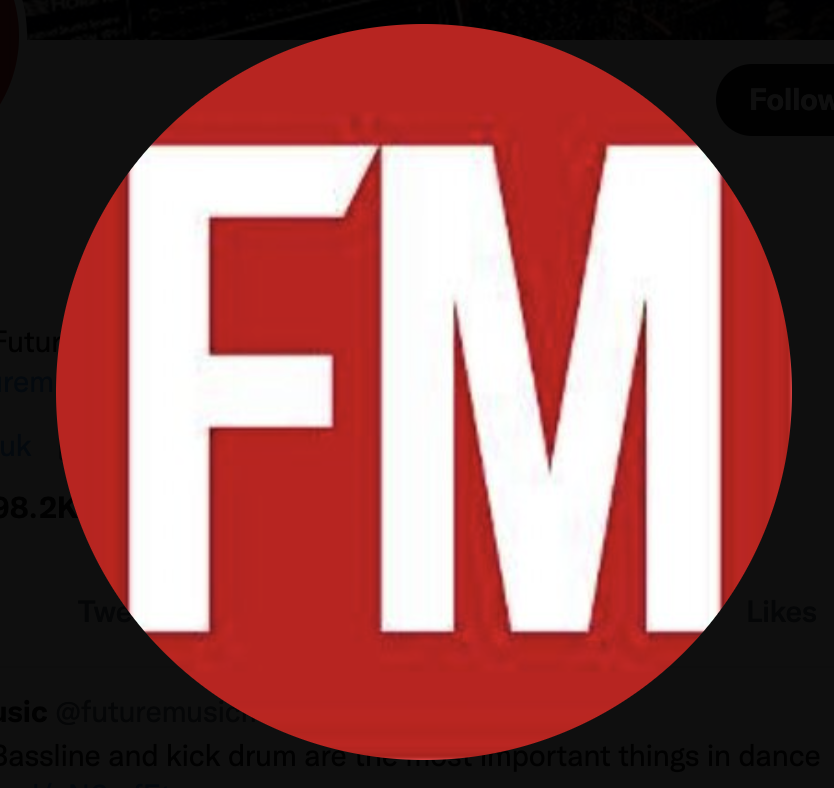Umek's guide to breakdowns
Break it down and build it back up again...
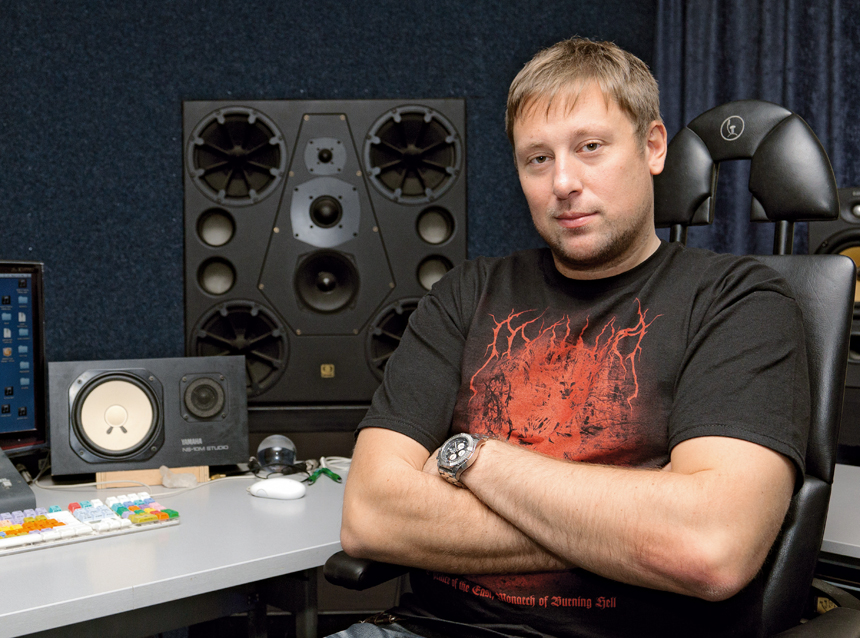
Intro
After the jump, Umek himself will walk you through his three-step guide to building the best breakdowns - something critical to nailing that perfect drop when producing your next club anthem.
"After a couple of bars of the basic rhythm section, I always introduce new elements, percussion and hi-hats to build a new pace," explains Umek. "The kick in the beginning is shorter and weaker at first, then I'll bring in a new, bigger one.
"After 16 or 32 bars, I take out one kick to release the tension before I bring in a new element in the form of synth, bassline, 'swizz' noise or short Rock drum solo for organic feel. After another 16 bars, I start bringing in a fi ltered melody, which I steadily open. That's when I might chop in a small break, which announces the additional rhythm section, hi-hats, shakers or loops."
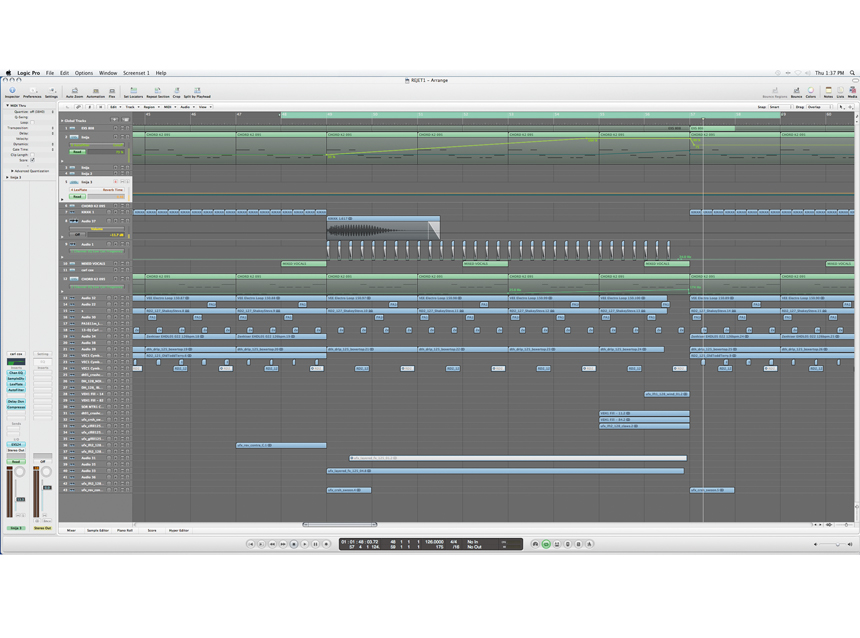
Smaller breaks
“In this break, I use an EQ to bring up the frequency of the sound and cut the bass, to get the effect of a very thin synth. This is important for the power of the first beat after the break, as people hear this as a much harder beat than it really is. Everything is very subtle but it’s all to gain the full power of next beat. To make it even more dramatic I also use the moment after the ‘missed kick’ to bring in new sounds, noises, crashes, synths.”
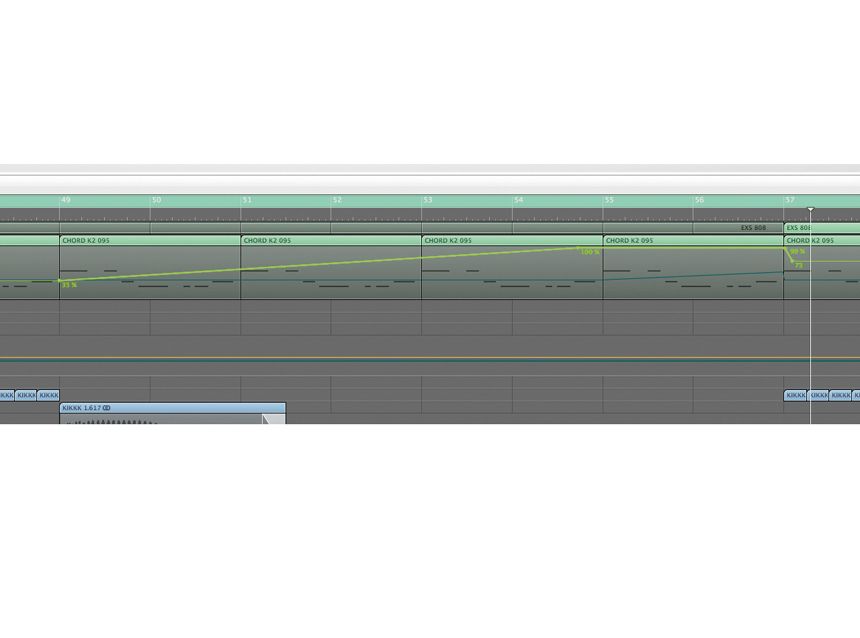
Filtered dynamics
“An important element for gaining proper dynamics in the track is automation. You have to level the loudness of particular elements in certain parts to bring them out or hide them. In a small break, you should bring the noise down to create a proper explosion of energy after it. In channel two, you see how I put some automation on filtered synths to announce the main theme. At the same time, I high-pass fi ltered the bassline from 25Hz to 174Hz. I cut it to return to 25Hz at the next beat to gain additional power and width.”
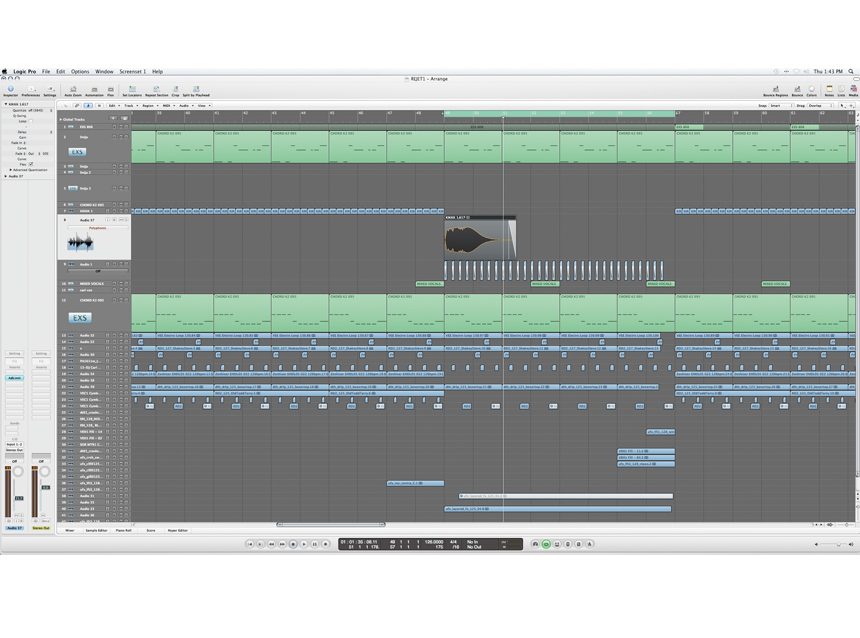
The big kick
“Another detail in this small break is the big hall kick reverb on channel eight. I was always searching for this kind of kick, but now I do it on my own with the Flex function in Logic. It’s simple: you take a drum sound from a track, put it on separate channel and grab the upper right corner to make it short or long. You can use this function on every sound and use other tools too. I usually add some additional effects on higher tones.”
Future Music is the number one magazine for today's producers. Packed with technique and technology we'll help you make great new music. All-access artist interviews, in-depth gear reviews, essential production tutorials and much more. Every marvellous monthly edition features reliable reviews of the latest and greatest hardware and software technology and techniques, unparalleled advice, in-depth interviews, sensational free samples and so much more to improve the experience and outcome of your music-making.
